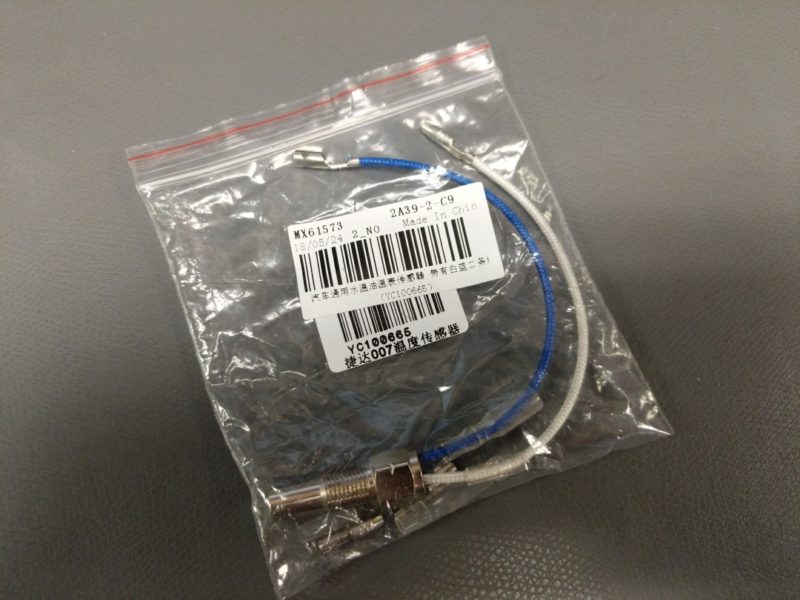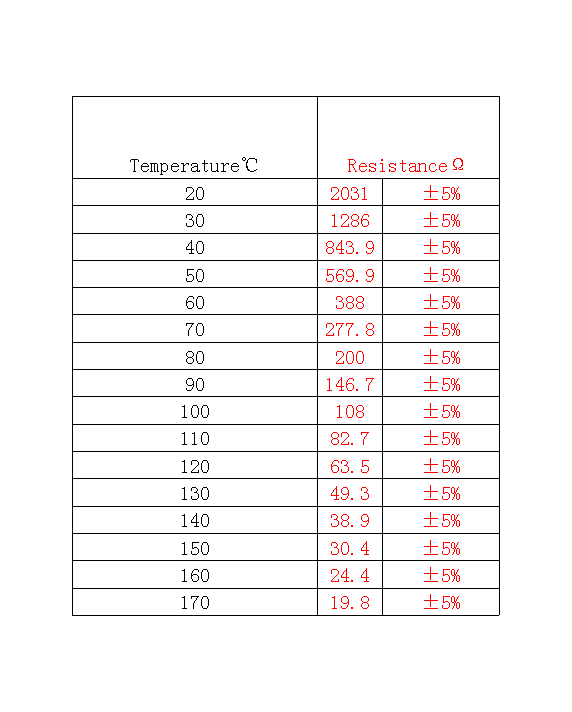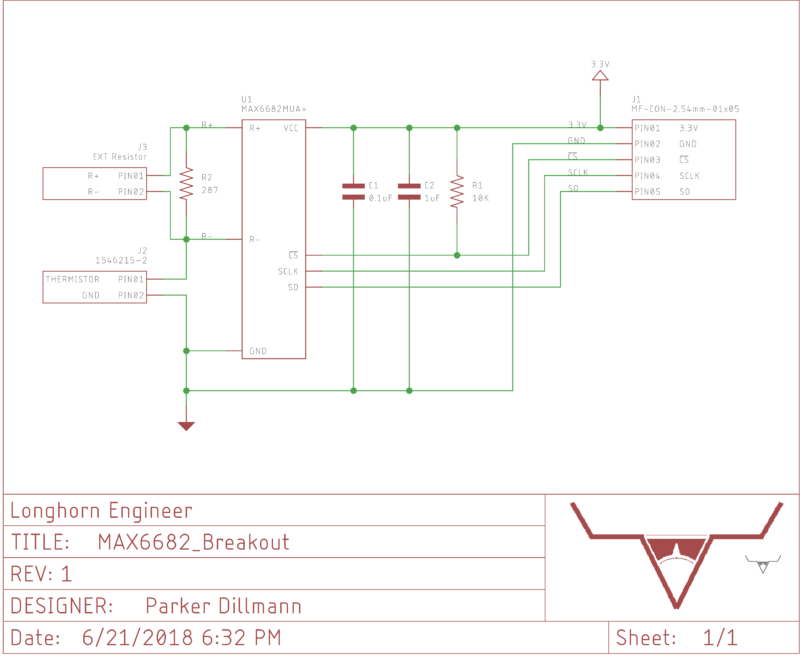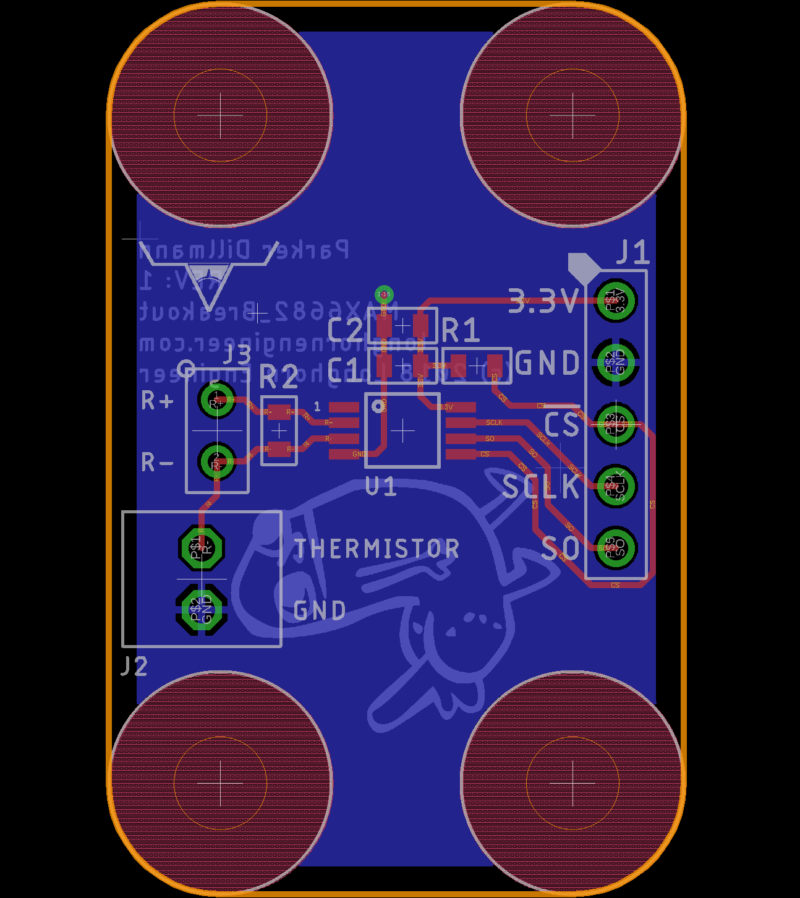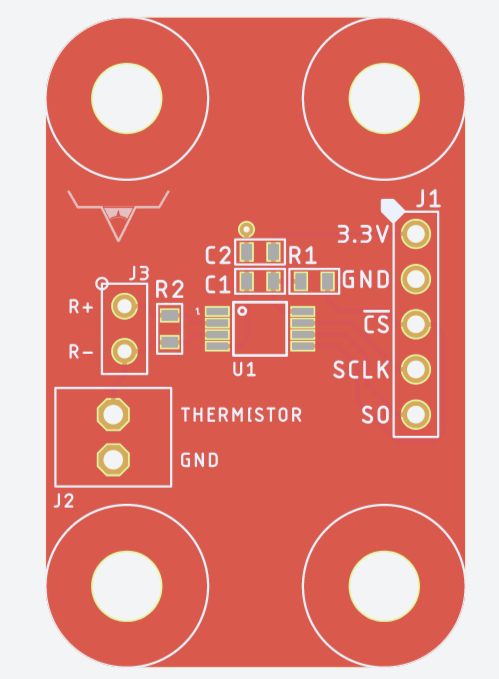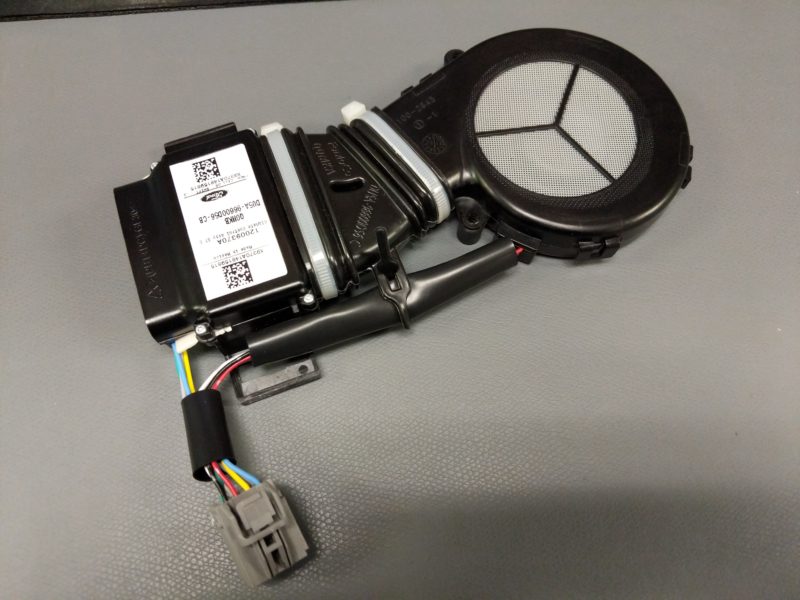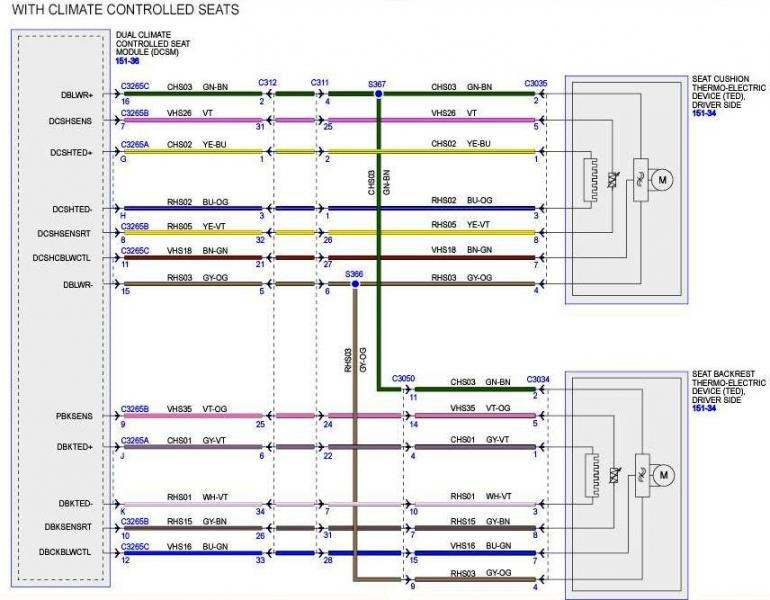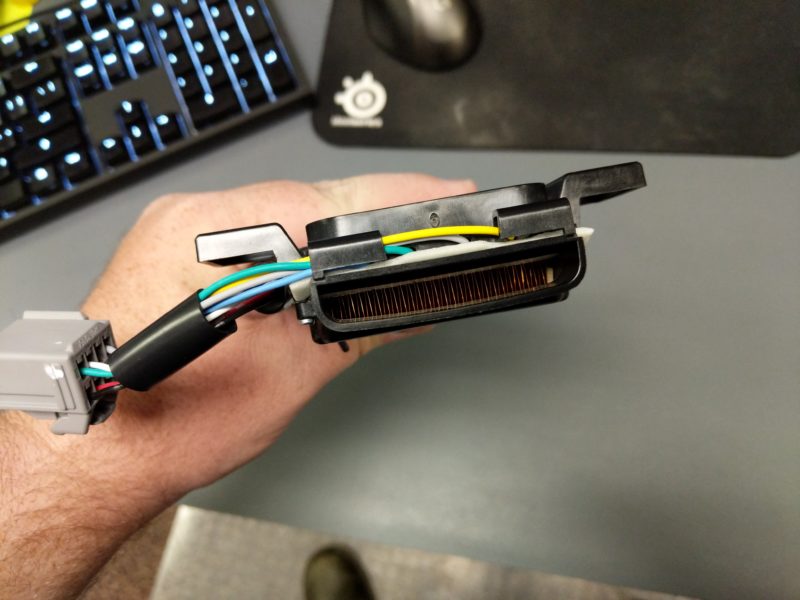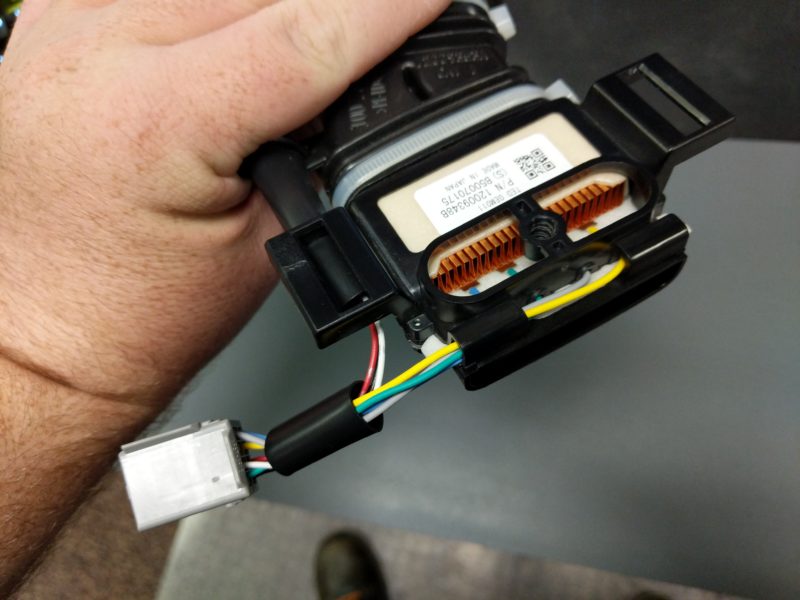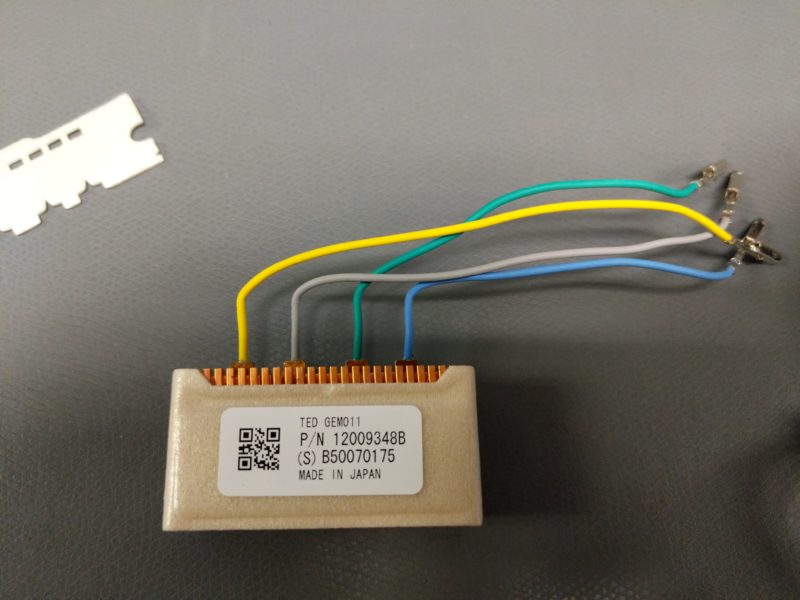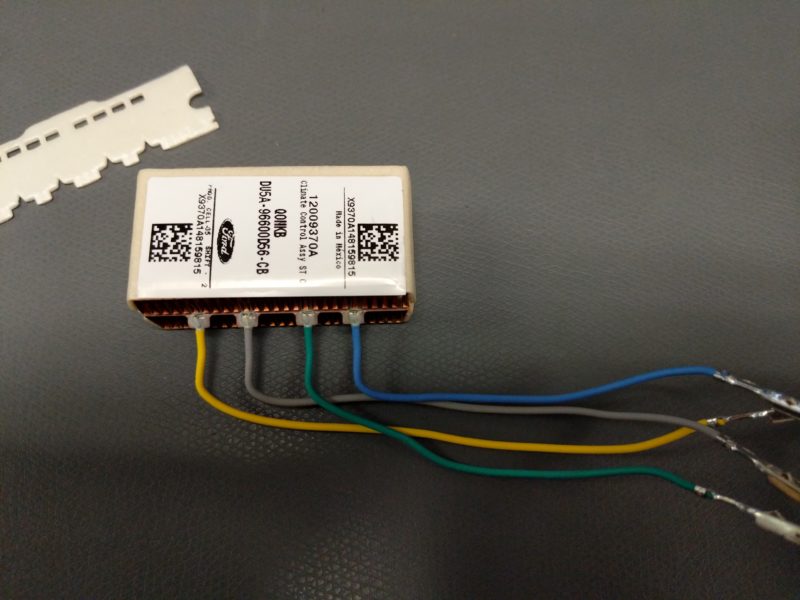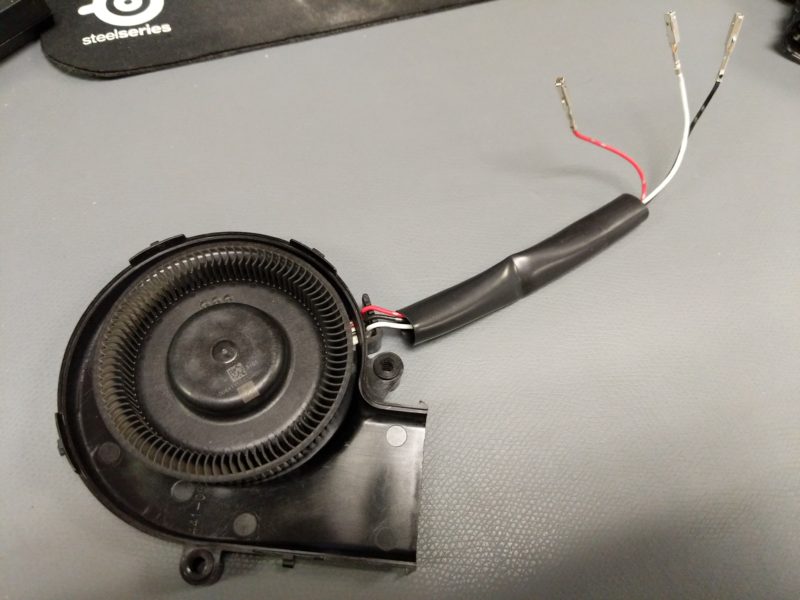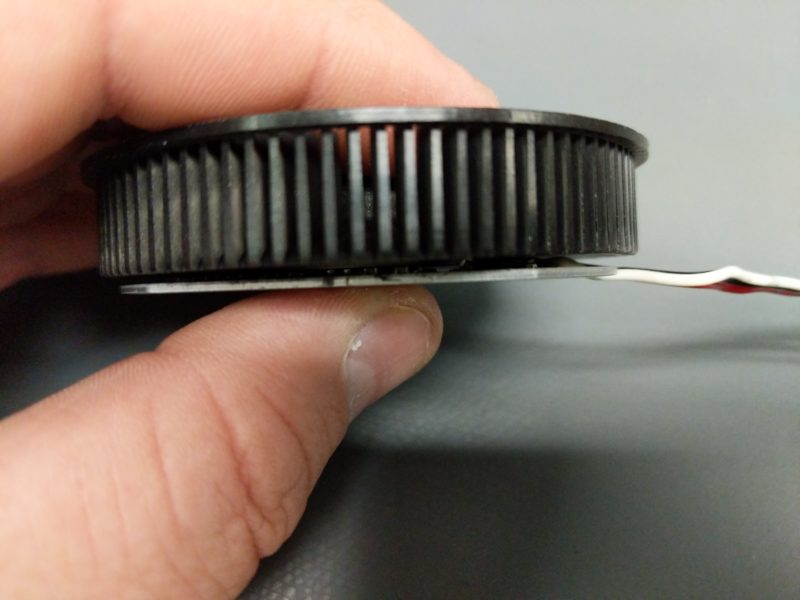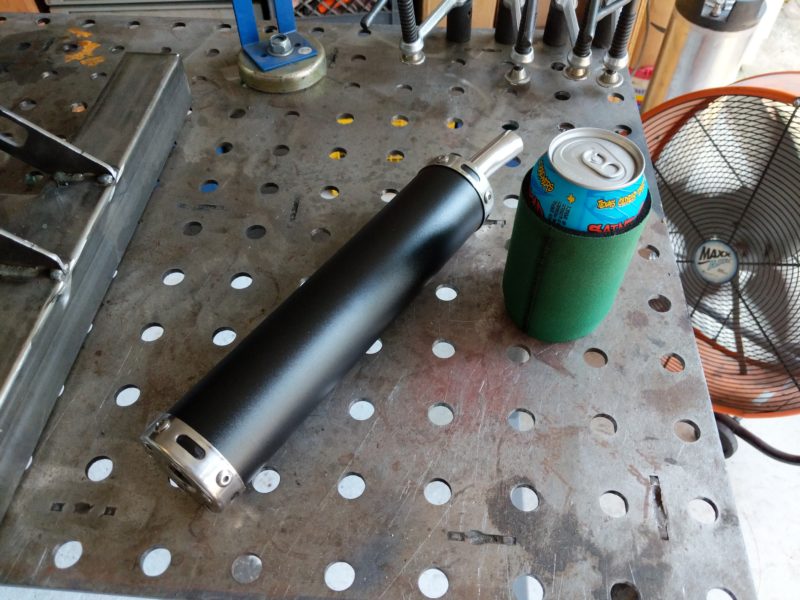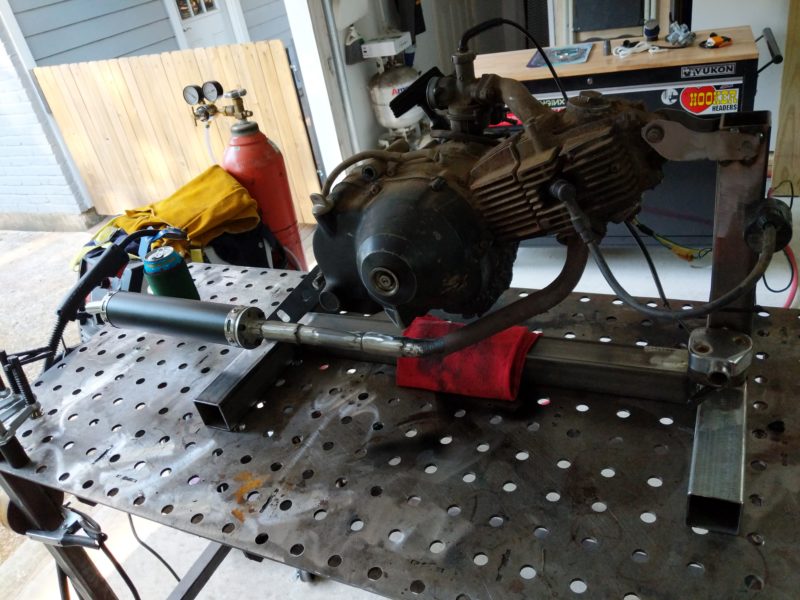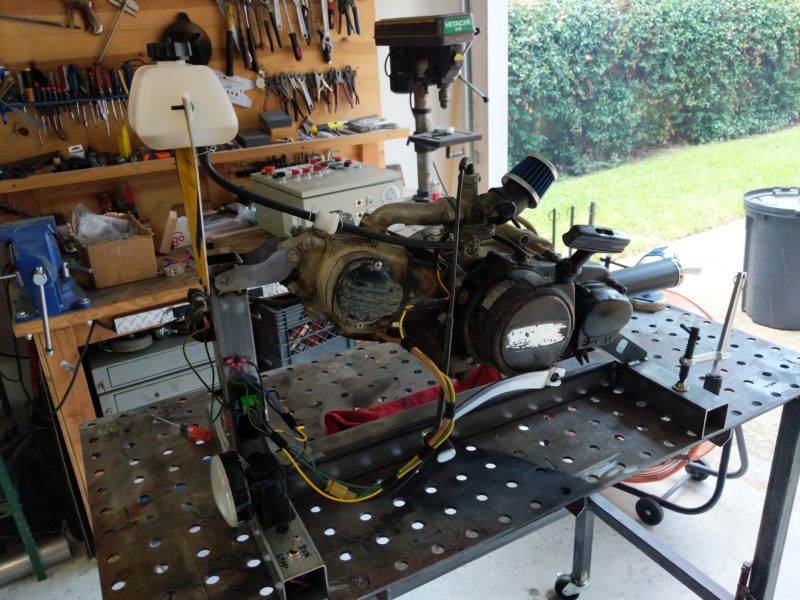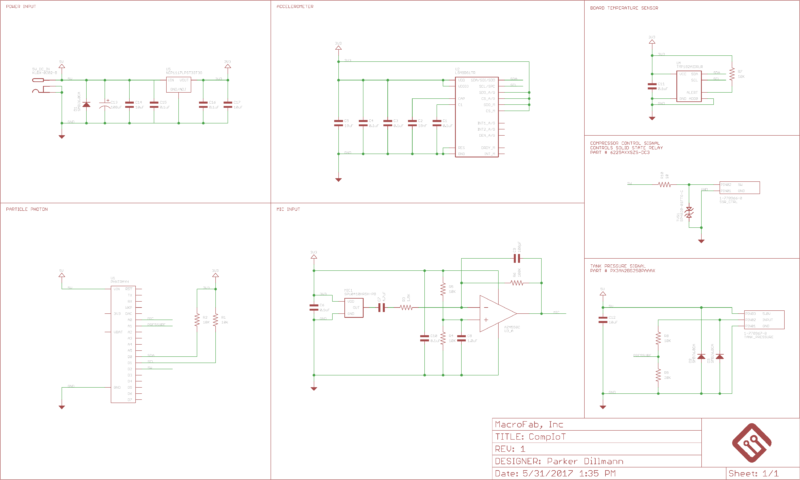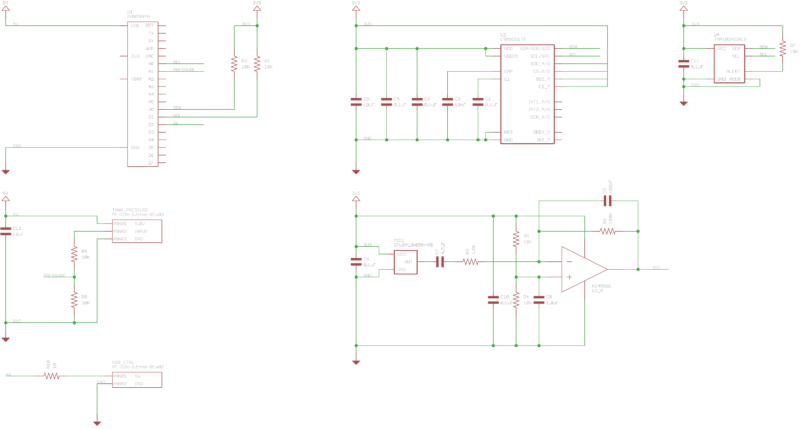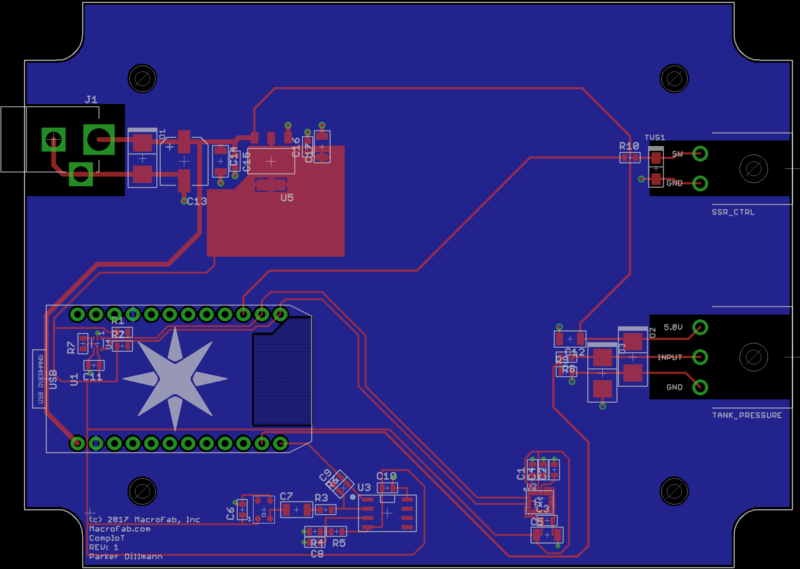This past Friday I picked up a 1990 Jeep Grand Wagoneer. It was in Dallas, Tx so I took the Friday off and drove up with my Dad and picked it up. Drove back to Houston with it (~300miles) was a pretty fun road trip!
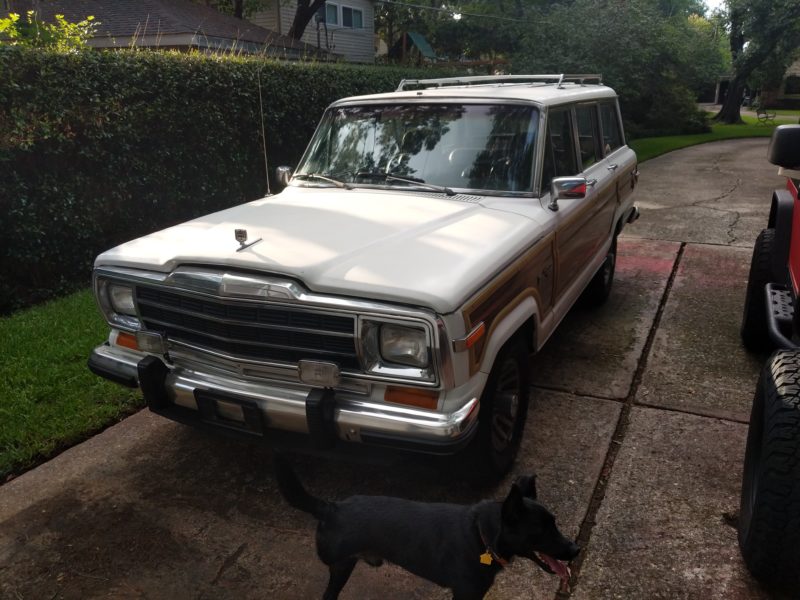
It is a fully loaded Grand Wagoneer with all the trimmings. Everything functions except the rear window wiper and sprayer. The wiper looks to just be a bad wiring and the sprayer is missing from the back. If you know where to get a sprayer let me know….they seem to be unobtainium.
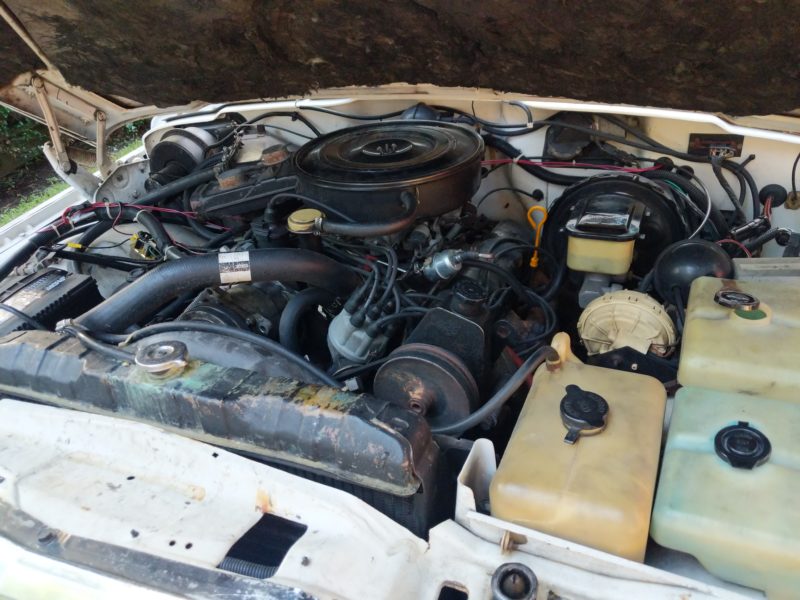
The 5.9L AMC 360 engine is mostly intact and runs ok. The valve seals are blown so the engine smokes a bit on start up.
When I got the Wagoneer the oil pressure gauge wasn’t working so I just had to hope it had oil pressure to make it back to Houston.
The first thing I did was an engine oil flush and replaced the oil pressure sender and wire. Engine idles at 40psi cold and ~10psi hot. The hot 10psi is not ideal but it does have 188K miles on it. I am debating rebuilding the oil pump or just leaving it.
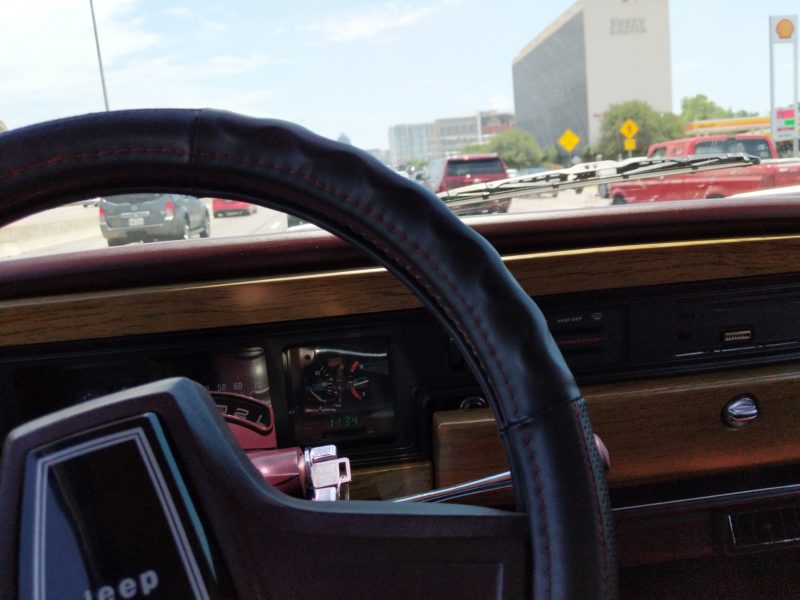
My long term plan with the Wagoneer is to not 100% restore it but just make it nice. Fix all the problems, modernize the electronics, and swap in a LQ4 V8 engine and 4/5 speed automatic transmission. To get there however will take time.
My short term goal is to turn it into a decent daily driver and rock the AMC 360 engine while I fix the major problems and figure out how much I want to restore.
Here is the “short term” list.
- Cooling System
- Radiator has a cracked filler neck. Fix the copper/brass radiator by soldering/brazing the crack
- Replace T-stat
- Replace Water Pump
- Flush System
- Replace temperature sender
- Engine
- Another engine oil flush
- Open valve covers to check rockers and push rods
- New spark plugs
- Transmission
- Oil flush
- New filter
- New fluid
- Fuel System
- Repair gas tank skid
- Clean tank
- Replace rubber hoses and steel if needed
- New fuel sending unit
- Tank vent and hoses replacement
- New fuel filter
- A/C (very important!)
- Recharge R12
- Fix electrical
- Steering
- Replace leaking steering gear box
- New hydraulic hoses
- New fluid for power steering
- Ball joints
- Tie rod ends
- Suspension
- Replace sagging leaf springs with new suspension
- Drivetrain
- Flush and replace oil in transfer case
- U-Joints
- Rebuild Axles
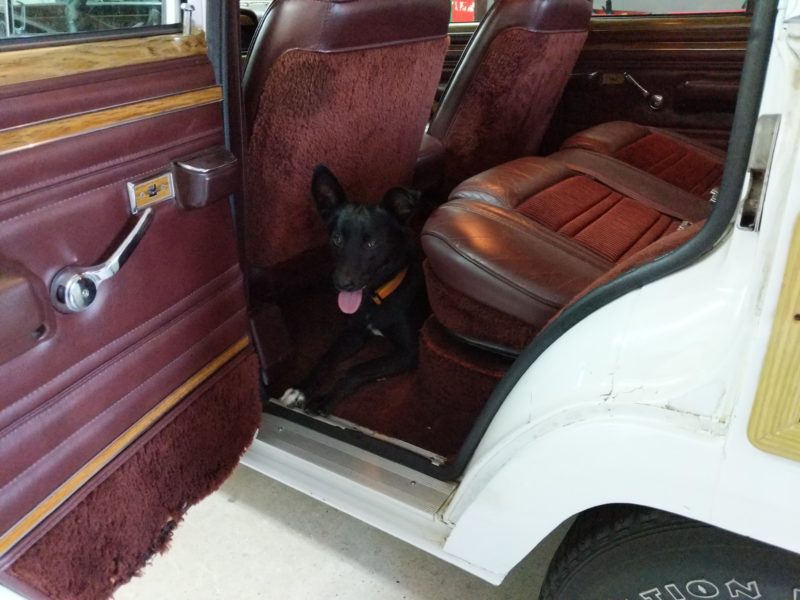
Sounds like a lot but afterwards it should be a nice daily. The Wagoneer already rides like your sofa going 70mph down the freeway so it can only get better!

